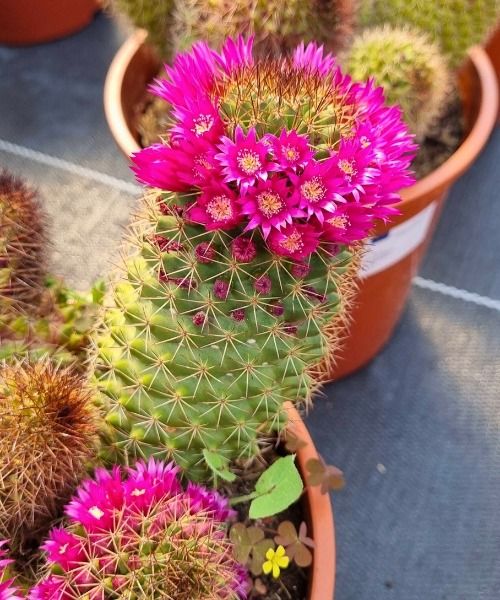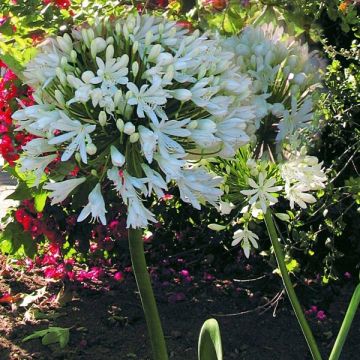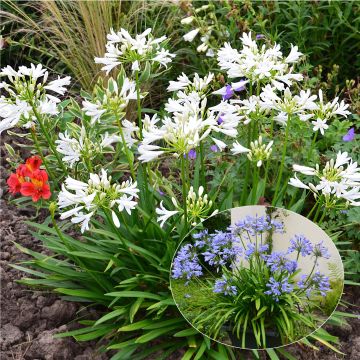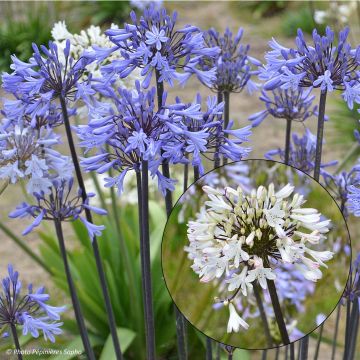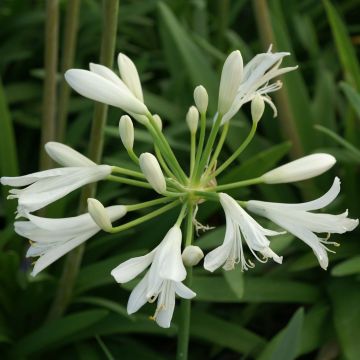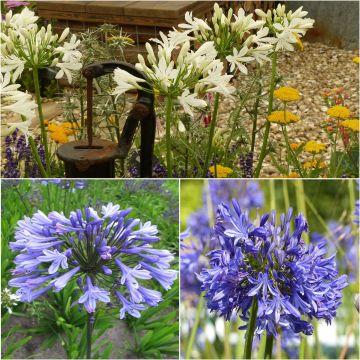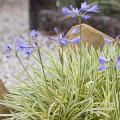White Agapanthus
Does this plant fit my garden? Set up your Plantfit profile →
Available in 2 sizes
Available in 0 sizes
Available in 1 sizes
Available in 0 sizes
Available in 1 sizes
Available in 2 sizes
Available in 5 sizes
Available in 1 sizes
Available in 1 sizes
Available in 2 sizes
Available in 1 sizes
Available in 0 sizes
Available in 2 sizes
Available in 2 sizes
Available in 1 sizes
Available in 0 sizes
Available in 5 sizes
Available in 2 sizes
Available in 1 sizes
Available in 1 sizes
The white Agapanthus, like 'Polar Ice' or Agapanthus africanus 'Albus', are less numerous but perhaps even more luminous than their sisters with blue umbels, nicknamed blue tuberous lilies or Nile lilies. The marriage of blue and white, with real elegance, is always successful, in the garden as well as on the terrace. With their magnificent umbels of flowers, Agapanthus are among the most beautiful perennials of summer. These superb floral spikes, ranging in height from 40cm (16in) to over 1m (3ft), dominate a lush foliage clump that may be deciduous or evergreen depending on the variety. Agapanthus are also plants of South African origin, craving sun and heat, and therefore more or less frost-resistant. They are preferably grown in the open ground or in pots depending on the region. Over time, Agapanthus clumps will become more and more generous, and their presence in the garden or on the terrace is comparable to that of a beautiful bush. We offer the widest selection of white-flowered Agapanthus.
Haven't found what you were looking for?








































